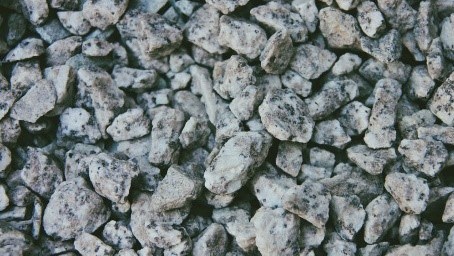Research Program

The Collaborative Research Centre/Transregio 287 BULK-REACTION explores the interaction of physical and chemical processes in reacting and moving dense particle systems passed by a gaseous fluid. The bulk solids motion is driven by gravity or mechanical agitation. BULK-REACTION combines the methods and expertise from reactive fluid mechanics with particle technology in a new multi-scale approach, ranging from microscopic pores inside particles, to the void spaces between particles, up to complete systems of industrial scale.

Reacting dense particle systems form the basis of a multitude of processes and are present in a wide variety of industrial sectors (e.g. for energy storage solutions; thermal use of solid biomass; treatment of bulk solids in process, chemical, pharmaceutical and food industry). These processes are indispensable for the safety of supply with many granular products in industrialised societies.
BULK-REACTION builds upon the collaboration of leading research groups in the field of the Discrete Element Method (DEM) for reactive systems in Bochum, with experts in the simulation and the experimental analysis of energy-intensive particle processes in Magdeburg. The team of BULKREACTION is interdisciplinary, including competences from Mechanical Engineering, Electrical and Information Engineering, Physics and Astronomy, Process & Systems Engineering, Informatics and Natural Sciences.

BULK-REACTION will have a significant societal and technological impact. It will form the scientific basis for new products, reactor concepts and process chain designs. It will be possible to precisely predict product quality parameters, to enhance energy efficiency and to reduce CO2 emissions in these important unit operations of process industries.
The aims of BULK-REACTION can be summarised as follows:
Develop new or improve existing measurement techniques to generate data from inside reacting, dense granular assemblies passed by a gaseous fluid;
Provide measurement data (flow field, temperature and species distribution, particle trajectories) to be able to explain the phenomena in reacting granular assemblies and to validate corresponding models;
Derive models that allow for a quantitative description of the underlying physical and chemical processes from the micro-scale (e.g. turbulent eddies, local processes within particles) up to the system scale (e.g. product quality);
Develop a novel DEM model framework able to describe, spatially and temporally resolved, chemically reacting processes in bulk solids. This lays the ground for a technically sound design and optimisation of such processes. Although DEM has become a reliable tool for the description of the pure mechanical phenomena within granular assemblies, groundbreaking new developments are needed to describe chemically reacting processes with DEM;
Provide system experiments, which allow to verify that the DEM framework developed is able to correctly predict the system behaviour.




